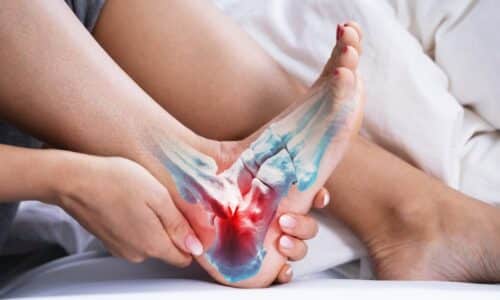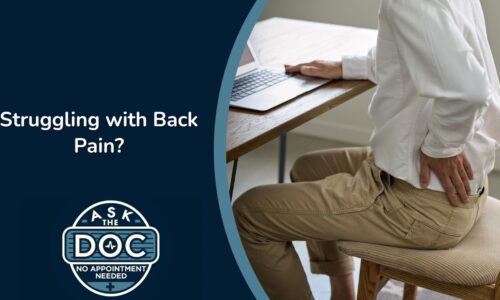Sitting and Back Pain |
Diana Solares, Physical Therapist with West Kendall Baptist Hospital, says 8 out of 10 people can be experiencing low back pain. She explains poor posture and sitting for a long period of time cause it, because the throbbing muscle suffers from a lot of stress.
“The muscles of the lower back were designed to stabilize our spine, not to be in a seated posture from taking all that stress for upwards of two hours at a time or even more.”
Transcript
This image is extremely helpful. OK Diana show… first of all how common is back pain and what causes it? > Okay, good questions. So as you mentioned about 80% and at least a dot that means that it’s 8 out of 10 people can be experiencing low back pain at every given moment, and basically what causes it one of the mechanisms is the poor posture we saw earlier with the image of sitting for a long period of time what that does as you can see here in the image of the throbbing muscle here is it causes a lot of stress and strain on these muscles, and basically that’s usually where people tell me that they have pain. They just point to that area right back there and usually what causes that is the fact that these muscles weren’t made to stabilize you in that sitting position, so basically they’re doing way too much work than what they were designed to do. Especially the muscles of the lower back they were designed to stabilize our spine not to be in a seated posture from taking all that stress for upwards of two hours at a time or even more. > Now in terms of back pain are we seeing it more in the lower back, mid-back, upper back area? > So usually I get patients they complain a back pain right up in right here in this area where these muscles are taking a lot of the strain and the main problem is it’s having to do what it wasn’t designed to do as I mentioned before these muscles here are meant to stabilize, the thoracic spine which is the middle of the spine and also your hips aren’t moving when you’re sitting so they get stiff, but the problem is those areas of the spine are actually meant to move the most. So what’s going on is you’re not moving here, you’re not moving here, but you’re moving a lot here, that a lot of the stress is going on. This was meant to move, this was meant to move, this wasn’t meant to move — right — So we’re reversing basically the function of these muscles and that’s why you’re feeling a lot of that soreness right in that lower back.








